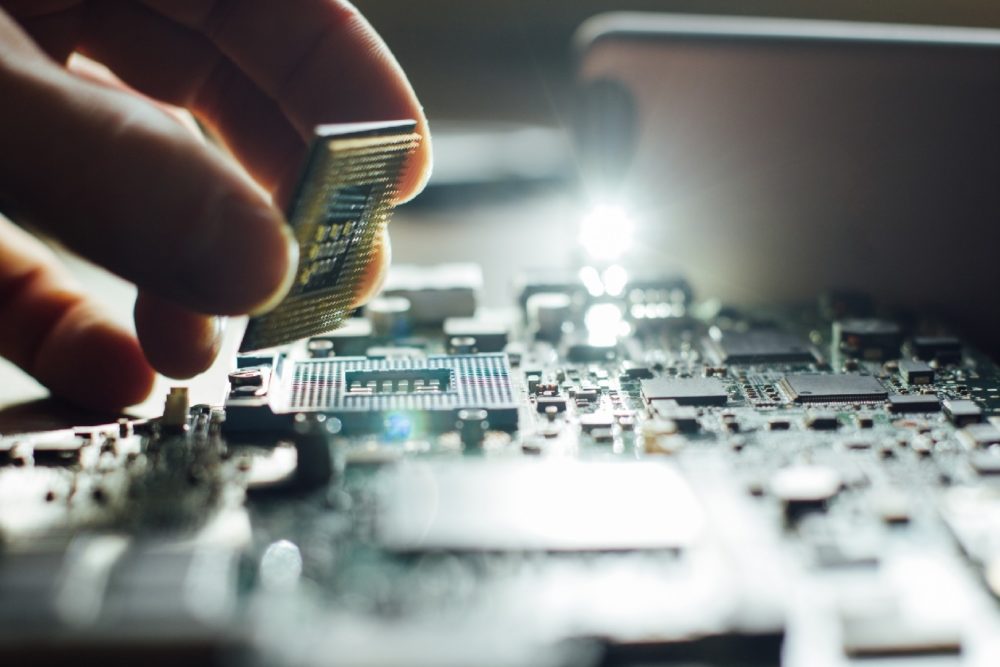Computer processing chips are the lynchpin of any computer system or digital device. While there were many examples of mechanical adding machines and even analog computers, the first electronic devices used crude processors built using vacuum tubes.
Over time, processors have continued to grow more powerful even as they fall in price due to a principle known as Moore’s Law. It’s a general observation that applies to all technology to a certain degree; click here to learn more about Moore’s Law.
That increase in power provides a very clear picture of the evolution of processing chips; from the first crude imaginings to the hyper-powered processors of today, it’s all relied on increases in technology.
Analog Devices and Early Computers
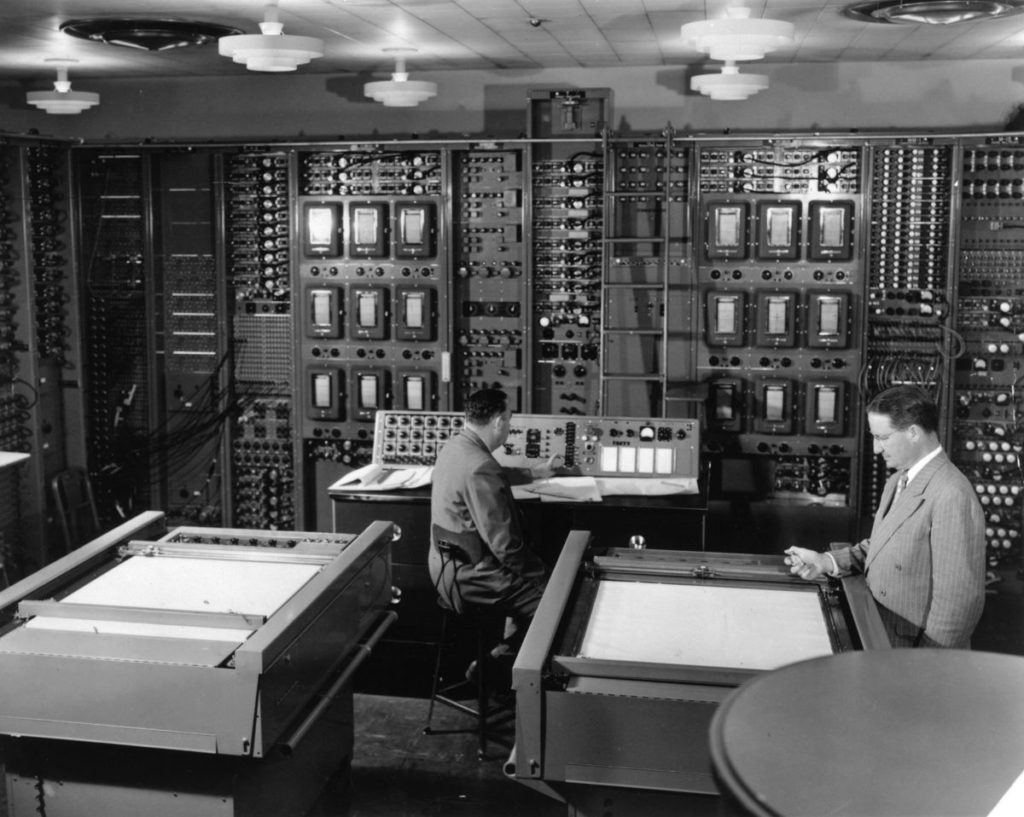
Clever mechanical devices that utilized switches and gears to automation calculation can be found as early as the Renaissance, or even as far back as ancient Greece.
While Charles Babbage designed a machine known as an analytical engine during the Victorian-era, the first real computer was designed in 1880 to aid in tabulating the results of the U.S. Census.
All of these devices could be said to function as a stand-alone processor, although even the most powerful among them would soon be eclipsed by a new generation of machines powered by electricity.
ENIAC
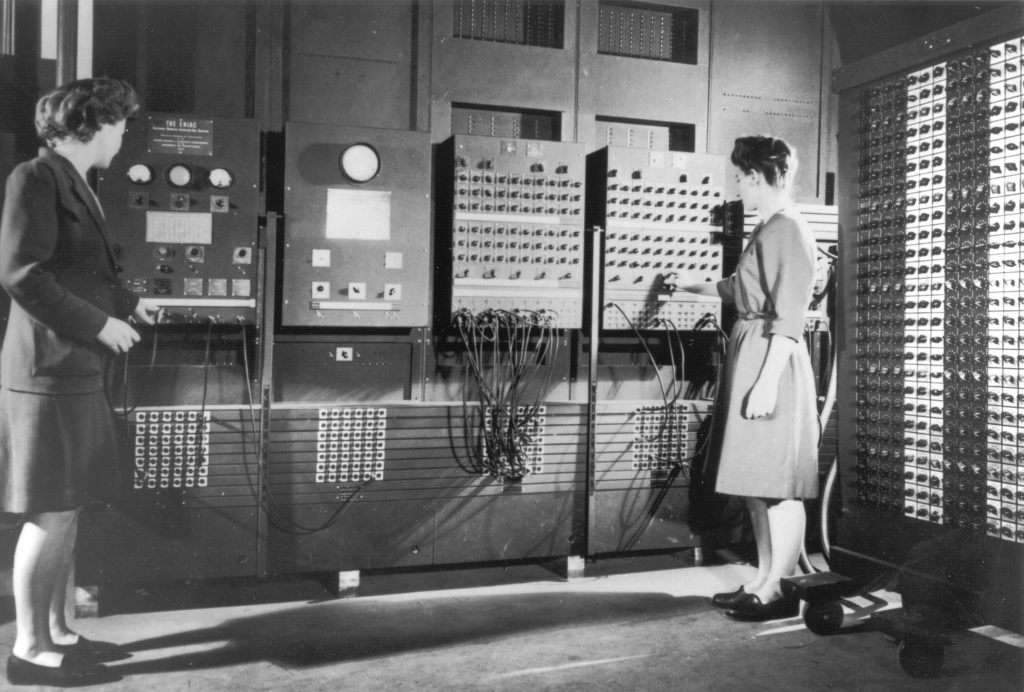
The Electronic Numerical Integrator and Computer (ENIAC) was built in 1945 and was over one thousand times more powerful than earlier computers. While the machine itself was huge, it utilized a number of features like the ability to programmed for different tasks that were truly revolutionary for its day.
ENIAC was a groundbreaking design, although its processing power and capabilities would soon be eclipsed by newer-model machines and it would cease continuous service only a decade after its first activation.
The Vacuum Tube
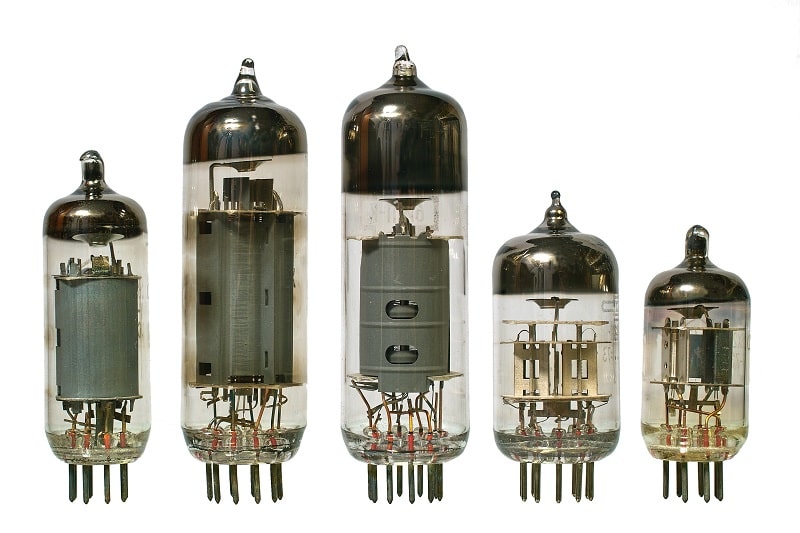
The earliest generation of electronic computers was built using a component known as a vacuum tube. A simple glass tube housing two electrodes within a vacuum, these tubes made it possible to control the flow of electricity and would become the building blocks of the earliest electronic computers.
While these tubes allowed for computers that were more powerful than any machine built using gears or mechanical switches, there were notoriously fragile and required frequent replacements once they burned out or began to fail.
Vacuum tubes were also bulky and produced a great deal of waste heat. It was these components that were responsible for the huge size of early computers, many of which were big enough to easily fill a large room.
Second-Generation Computers

Vacuum tubes were eventually replaced with a component known as a transistor. Although it served the same purpose as a vacuum tube, transistors were only a fraction of the size and were far more reliable.
Processors powered by transistors gave rise to what is known as the second-generation of computers and, although these devices were built without chips, they possessed far greater computational power than their earlier counterparts.
Transistors were also used in a variety of industrial and consumer-grade electronic devices, although they would eventually be outclassed with the advent of integrated circuits – a technology that allowed for the creation of the first processing chips.
Early Processing Chips
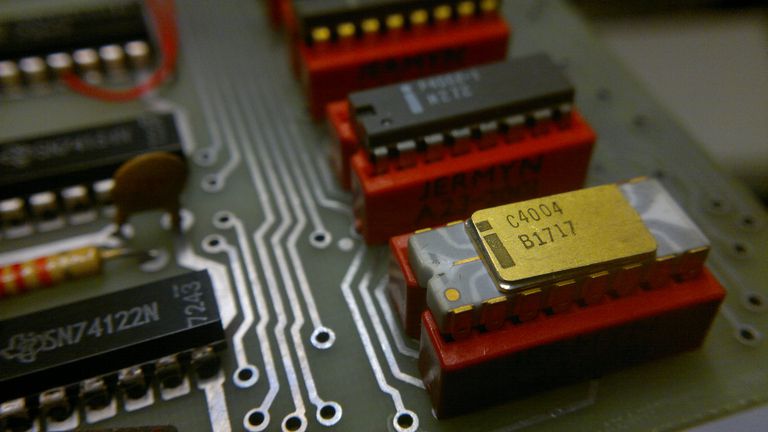
Unlike conventional circuits that were built using a variety of different components, there were all connected to a board, integrated circuits were designed as a single chip.
The 1970s saw a number of early processing chips, such as the Intel 4004 and the 8008 which would see widespread use throughout the industry. A processor chip could be smaller than a single vacuum tube yet provide a level of performance many times what was possible with transistor-powered machines.
Processor chips like the Intel 8088 and the Motorola 68000 would become famed throughout the industry and used to power the earliest home computers like the Apple and IBM personal computer.
The Microcomputer Revolution
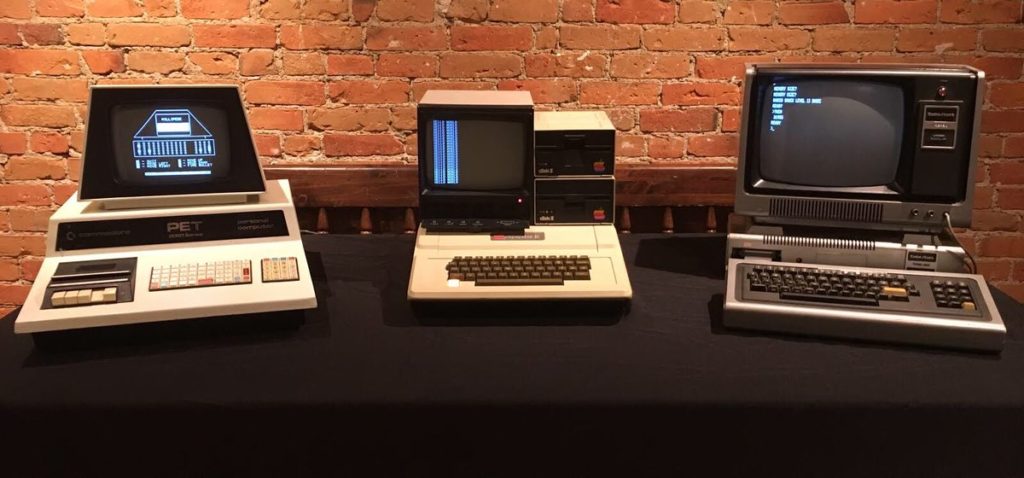
As new manufacturing techniques continued to allow for smaller and smaller processors, computers began to shrink in size. Moore’s law stipulates that the number of individual transistors contained within a processor chip will double in number approximately every two years.
This rapid pace of technological advancement allowed for the advent of the personal computer, a machine small enough to sit on a desk that was many orders of magnitude more powerful than the room-sized computers used just a few decades earlier.
The Digital Age

Each year produces smaller, cheaper and more powerful processor chips. Personal computers have continued to shrink in size, from conventional desktop systems to more portable laptops, to smartphones and other mobile devices that can easily fit within a pocket.
The processing chips and other components found within today’s smart devices or high-end personal computers differ from their predecessors only in terms of size and internal complexity. The rapidly falling cost of processing power has led to the digital age, where countless devices and gadgets utilize processing chips in order to power a dizzying array of digital functions.
Today’s Processors
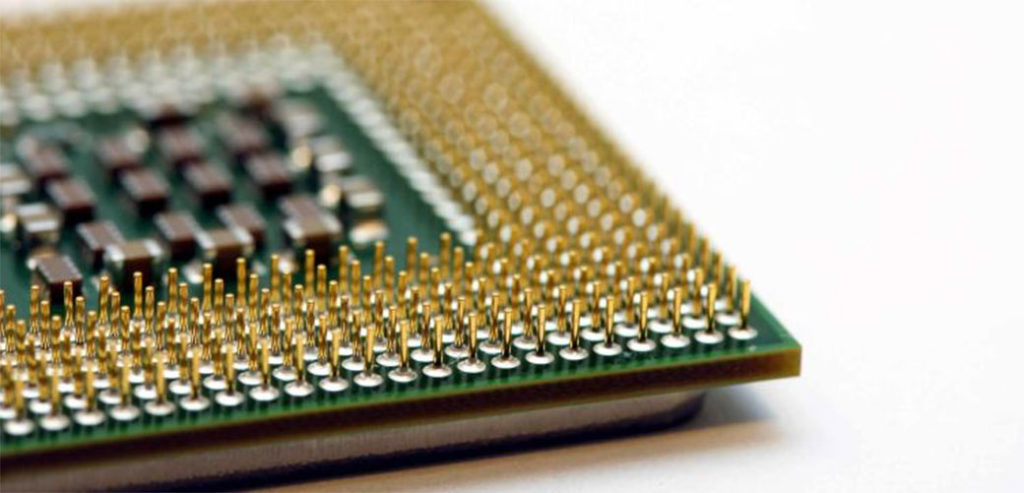
The commercial-grade microprocessors used today are incredibly powerful and utilize advanced features like multiple cores and liquid cooling which allows them to outclass older model chips with ease.
Miniaturization of older model processors has allowed them to shrink in size, producing chips that may only provide limited performance but that can fit on the head of a pin. While larger and more powerful processors can be found in current-generation supercomputers, cheaper processors have widely used to power disposal digital devices that have become a common fixture of everyday life.
While technology continues to advance at a rapid clip, there are limits to how small transitions can be made, a limitation that has led to speculation that we may be seeing the end of Moore’s Law.
The Future of Processing Chips
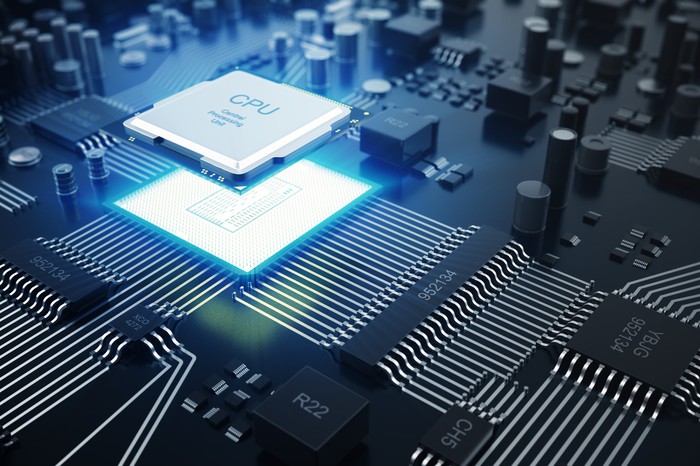
While the newest consumer-grade computers and digital devices typically utilize additional cores or secondary processors in order to provide greater performance than their predecessors, there are some new technologies on the horizon that promise to be real game-changers.
Quantum computing can allow processors to perform multiple calculations in the same amount of time and with the same amount of energy needed to perform just a single calculation using conventional architecture. The days ahead will no doubt see newer-generation processing chips that are faster, more powerful and more sophisticated than anything currently on the market.

